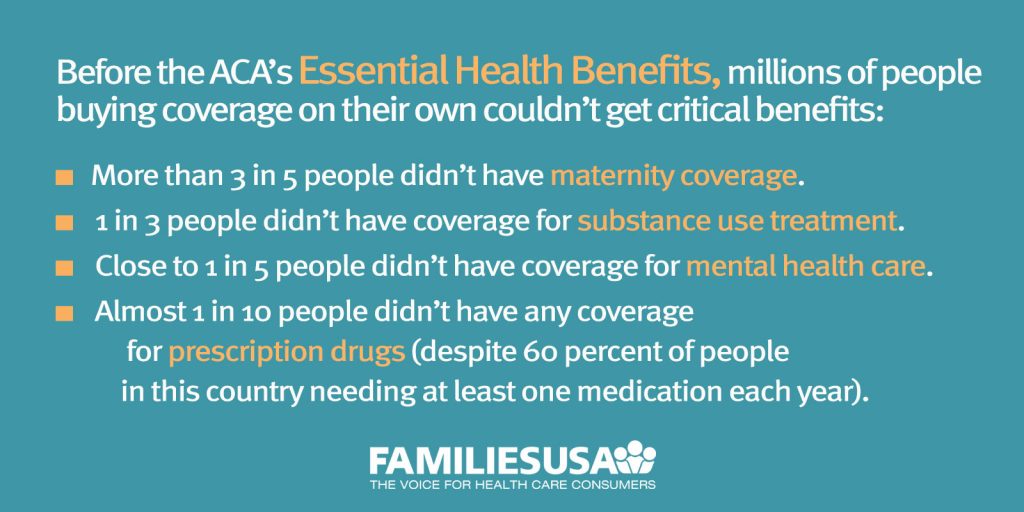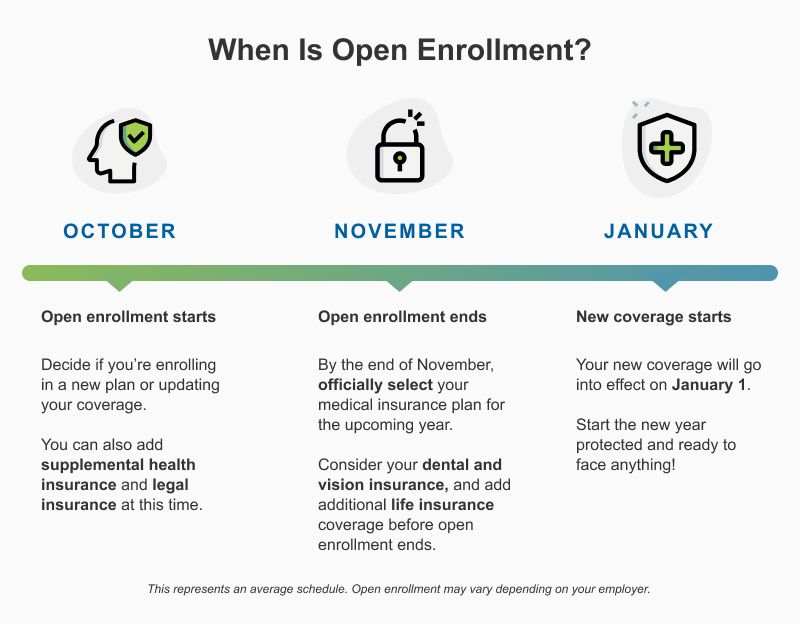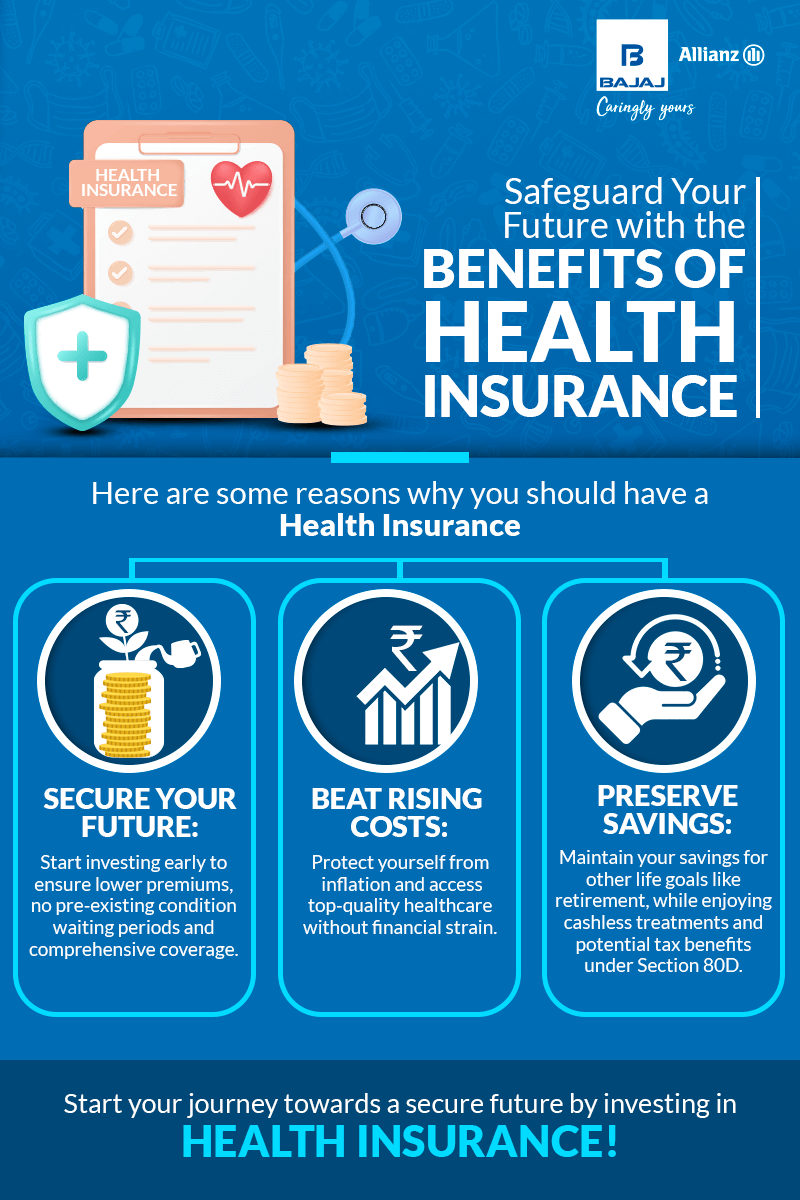The Main Principles Of Medicare Advantage Agent
The Main Principles Of Medicare Advantage Agent
Blog Article
Medicare Advantage Agent Fundamentals Explained
Table of ContentsNot known Facts About Medicare Advantage AgentMedicare Advantage Agent Fundamentals ExplainedThe 7-Second Trick For Medicare Advantage Agent

adheres to from puzzling the reasonably young age account of the without insurance with the better health, typically, of younger persons. This obscures the web link between health and wellness status and wellness insurance policy. For those without accessibility to work environment medical insurance, bad health is a potential barrier to buying nongroup protection due to the fact that such coverage may be extremely valued, exclude pre-existing problems, or be merely inaccessible. The number of uninsured Americans is not specifically huge and has actually not altered over the last few years. Seven out of 10 respondents in an across the country depictive study thought that fewer Americans lacked medical insurance than actually do(Fronstin, 1998). About half(47 percent )believed that the variety of people without medical insurance reduced or remained consistent over the last fifty percent of the last decade(Blendon et al., 1999). This decrease of virtually 2 million in the variety of individuals 'without insurance policy (a reduction
of around 4 percent)is certainly a favorable change. With a softer economy in 2000 the current reported gains in insurance policy coverage may not proceed(Fronstin, 2001 ). The decrease in the number of without insurance will not proceed if the economic climate remains sluggish and healthcare expenses proceed to outpace rising cost of living. This is since the information were collected for a period of strong economic performance. Of the estimated 42 million individuals who were without insurance, just about concerning 420,000(regarding 1 percent)were under 65 years of age, the age at which most Americans come to be qualified for Medicare; 32 million were grownups in between ages 18 and 65, about 19 percent of all adults in this age group; and 10 million were kids under 18 years old, regarding 13.9 percent of all kids (Mills, 2000). These price quotes of the number of individuals without insurance are generated from the yearly March Supplement to the Present Populace Study (CPS), performed by the Census Bureau. Unless or else kept in mind, national price quotes of individuals without health and wellness insurance coverage and proportions of the populace with various sort of coverage are based on the CPS, the most widely made use of source of price quotes of insurance coverage and uninsurance rates. These surveys and the quotes they yield are explained briefly in Table B. 1 in Appendix B - Medicare Advantage Agent. These studies vary in dimension and sampling approaches, the inquiries that are inquired about insurance policy
Medicare Advantage Agent Fundamentals Explained
protection, and the time duration over which insurance protection or uninsurance is determined(Lewis et al., 1998, Fronstin, 2000a ). Still, the CPS is particularly valuable due to the fact that it produces yearly quotes fairly rapidly, reporting the previous year's insurance coverage estimates each September, and due to the fact that it is the basis for a consistent collection of price quotes for greater than twenty years, enabling evaluation of patterns in insurance coverage with time.

The 30-Second Trick For Medicare Advantage Agent
Over a three-year period starting early in 1993, 72 million individuals, 29 percent of the united state populace, were without protection for at the very least one month. Within a single year(1994), 53 million people experienced at the very least a month without insurance coverage(Bennefield, 1998a). Six out of every ten uninsured grownups are themselves used. Although functioning does enhance the likelihood that a person and one's relative will have insurance policy, it is not a guarantee. Also participants of family members with two permanent breadwinner have virtually a one-in-ten opportunity of being without insurance (9.1 percent uninsured rate)(Hoffman and Pohl, 2000 ). The connection in between wellness insurance policy and accessibility to care is well developed, as documented later in this chapter. Although the relationship between health insurance and her response wellness outcomes is neither direct nor straightforward, a considerable clinical and wellness services research literature links medical insurance protection
to improved accessibility to care, much better quality, and enhanced personal and populace wellness status. The 2nd record, on personal wellness results for uninsured adults, is represented by the inner circle of the number, while the third record, on family members wellness, encompasses the topics of the 2nd report however stresses a different unit of evaluation, particularly, the family. The sixth report in the series will offer information about strategies and campaigns carried out in your area, statewide, or nationally to address the absence of insurance and its adverse effects. Levels of analysis for taking a look at the effects of uninsurance. This discussion of medical insurance coverage focuses largely on the united state population under age 65 since essentially all Americans 65 and older have Medicare or other public protection.
It concentrates especially on those without any health and wellness insurance for any type of size of time. The troubles encountered by the underinsured are in some areas similar to those dealt with by the uninsured, although they are normally less extreme. Uninsurance and underinsurance, nonetheless, include definitely various policy concerns, and the techniques for addressing them might vary. Throughout this study and the five reports to adhere to, the primary focus gets on persons without any health and wellness insurance policy and thus no aid in paying for healthcare beyond what is offered via charity and safeguard organizations. Medical insurance is a powerful element influencing receipt of care since both individuals and physicians react to the out-of-pocket cost of solutions. Wellness insurance, nevertheless, is neither required nor adequate to get access to clinical services. The independent and direct effect of health and wellness
insurance insurance policy protection access accessibility health wellness is well established. Others will certainly obtain the health and wellness care they need even without health and wellness insurance policy, by paying for it out of pocket or seeking it from suppliers who offer treatment cost-free or at highly subsidized rates. For still others, medical insurance alone does not make certain invoice of care because of other nonfinancial obstacles, such as a lack of health and wellness treatment companies in their community, minimal access to transportation, illiteracy, or etymological and cultural differences. Formal study concerning without insurance populaces in the USA dates to the late 1920s and early 1930s when the Board on the Cost of Healthcare created a collection of reports regarding financing visit this site right here doctor workplace check outs and hospitalizations. This concern became prominent as the varieties of medically indigent climbed up during the Great Anxiety. Empirical research studies regularly sustain the web link between accessibility to care and enhanced wellness results(Bindman et al., 1995; Starfield, 1995 ). Having a regular resource of care can be considered a predictor of access, as opposed to a direct procedure of it, when wellness outcomes are themselves utilized as access indicators. This extension of the idea of access measurement was made by the IOM Committee on Keeping Track Of Access to Personal Health Treatment Solutions(Millman, 1993, p. Whether or not moms and dads are insured shows up to influence whether or not their youngsters get treatment in addition to just how much careeven if the kids themselves have coverage(Hanson, 1998). The health of moms and dads can impact their capability to take care of their children and the level of household tension. Bothering with their youngsters's accessibility to care is itself a resource of stress and anxiety for moms and dads. Three phases comply with in this record. Phase 2 offers browse around here a summary of just how employment-based health and wellness insurance coverage, public programs and individual insurance plans run and connect to provide substantial but incomplete protection of the united state populace. This includes a review of historical patterns and public laws affecting both public and personal insurance policy, a discussion of the interactions among the different sorts of insurance policy, and an exam of why people relocate from one program to an additional or wind up

Report this page